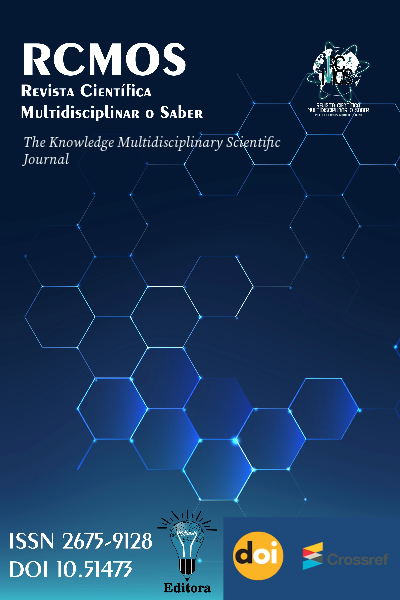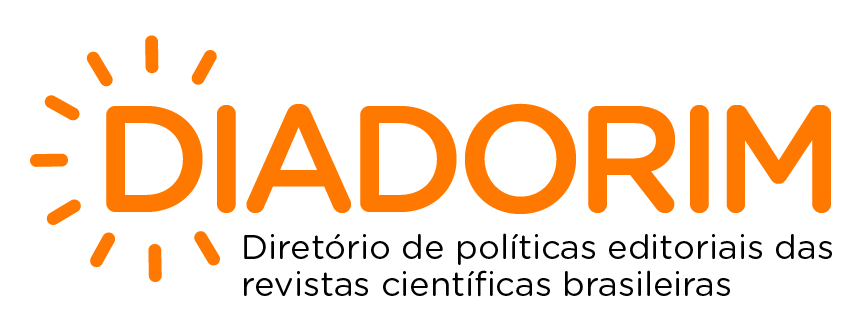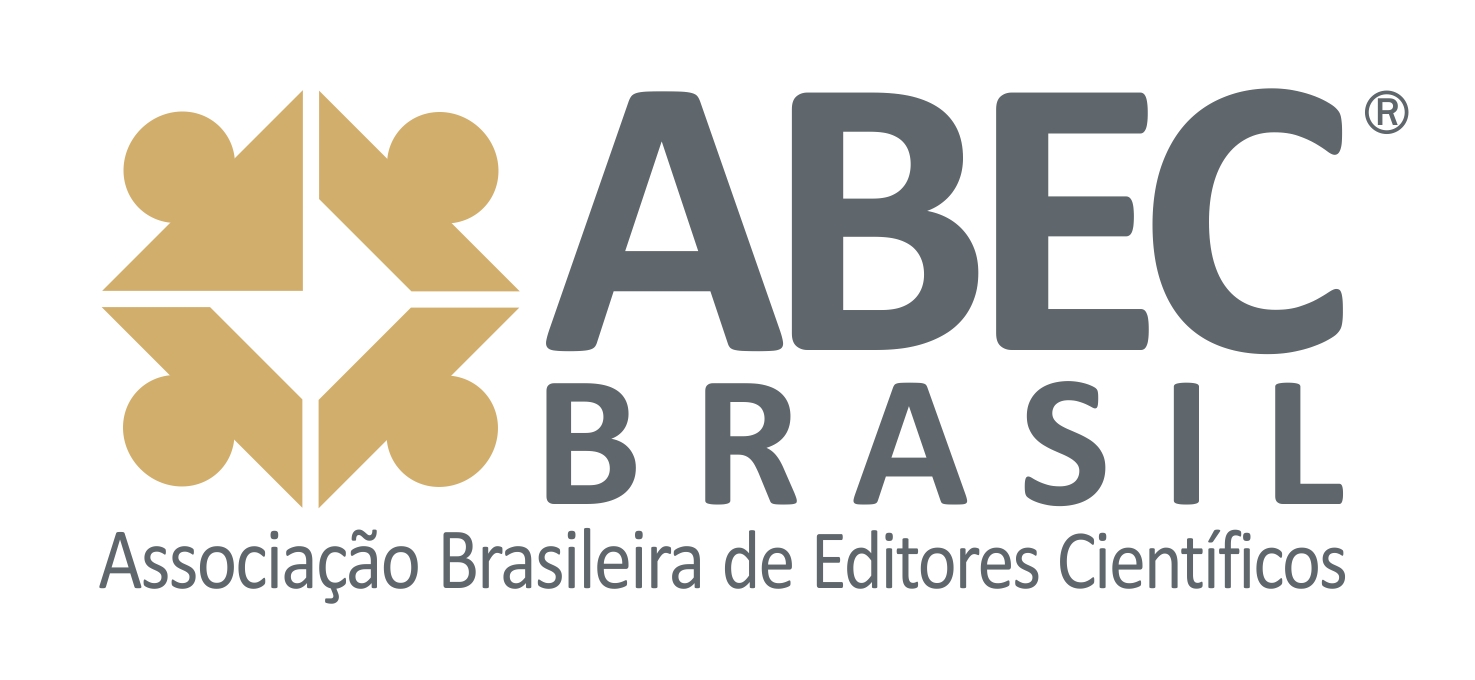From Crisis to Opportunity: A Strategic Approach to Crisis Management in Contemporary Organizations
From Crisis to Opportunity: A Strategic Approach to Crisis Management in Contemporary Organizations
DOI:
https://doi.org/10.51473/rcmos.v1i1.2024.951Keywords:
crisis management, organizational resilience, business continuity, strategic transformation, COVID-19.Abstract
This article analyzes crisis management from the perspective of organizational resilience and strategic transformation, using as a starting point the lessons learned from the COVID-19 pandemic and other recent disruptive events. Through a literature review and analysis of secondary data, the study highlights the importance of crisis management as a critical function of companies and presents a model structured in three phases: pre-crisis, response and post-crisis. It is concluded that resilient companies not only overcome adversities, but emerge stronger by transforming them into opportunities for growth and innovation.
Downloads
References
Bardin, L. (2011). Análise de conteúdo. São Paulo: Edições 70.
Billings, R. S., Milburn, T. W., & Schaalman, M. L. (1980). A model of crisis perception in organizations: The role of environmental factors and crisis characteristics. Administrative Science Quarterly, 25(2), 300–316. DOI: https://doi.org/10.2307/2392456
Boin, A., Hart, P. T., Stern, E., & Sundelius, B. (2005). The politics of crisis management: Public leadership under pressure. Cambridge: Cambridge University Press. DOI: https://doi.org/10.1017/CBO9780511490880
Brockner, J., & James, E. H. (2008). Toward an understanding of when executives see crisis as opportunity. Journal of Applied Behavioral Science, 44(1), 94–115. DOI: https://doi.org/10.1177/0021886307313824
Brox, J. (2014). Crisis Management Planning and Execution. Boca Raton: CRC Press.
Brynjolfsson, E., & McAfee, A. (2014). The second machine age: Work, progress, and prosperity in a time of brilliant technologies. New York: W. W. Norton & Company.
Christensen, C. M., Raynor, M. E., & McDonald, R. (2006). Disruptive innovation: Can it help solve the crisis of economic stagnation? Harvard Business Review, 84(12), 72–80.
Coombs, W. T. (2012). Ongoing crisis communication: Planning, managing, and responding (3rd ed.). Los Angeles: SAGE Publications.
Coombs, W. T., & Holladay, S. J. (2005). An exploratory study of stakeholder emotions: Affect and crisis. In W. T. Coombs & S. J. Holladay (Eds.), The handbook of crisis communication, pp. 379–395. DOI: https://doi.org/10.1016/S1746-9791(05)01111-9
Coombs, W. T., & Holladay, S. J. (2006). Unpacking the halo effect: Reputation and crisis management. Journal of Communication Management, 10(2), 123–137. DOI: https://doi.org/10.1108/13632540610664698
Coombs, W. T., & Holladay, S. J. (2007). Managing corporate social responsibility: A communication approach. Wiley-Blackwell.
Creswell, J. W. (2014). Research design: Qualitative, quantitative, and mixed methods approaches (4th ed.). Thousand Oaks: SAGE Publications.
Deloitte. (2018). The global crisis management survey: Building the resilient organization. Deloitte Insights.
Denzin, N. K., & Lincoln, Y. S. (2011). The SAGE handbook of qualitative research (4th ed.). Thousand Oaks: SAGE Publications.
Duchek, S. (2020). Organizational resilience: A capability-based conceptualization. Business Research, 13(1), 215–246. DOI: https://doi.org/10.1007/s40685-019-0085-7
EY (Ernst & Young). (2020). Global crisis response report. London: EY Global Limited.
FEMA – Federal Emergency Management Agency. (2014). Crisis management planning and exercises: Effective preparation for real-world emergencies. Washington, D.C.: FEMA Publications.
Flick, U. (2009). An introduction to qualitative research (4th ed.). London: SAGE.
Forrester Research. (2018). Crisis readiness and response: Preparing for the inevitable. Cambridge: Forrester Publications.
Forrester Research. (2020). Agility and resilience in a post-pandemic world. Cambridge: Forrester Publications.
Hamel, G., & Välikangas, L. (2003). The quest for resilience. Harvard Business Review, 81(9), 52–63.
James, E. H., & Wooten, L. P. (2005). Leadership as (un)usual: How to display competence in times of crisis. Organizational Dynamics, 34(2), 141–152. DOI: https://doi.org/10.1016/j.orgdyn.2005.03.005
Kaplan, A. M. (2004). The crisis of the Tylenol case. Harvard Business School Case Study.
Klann, G. (2003). Crisis leadership: Using military lessons, organizational experiences, and the power of influence to lessen the impact of chaos on the people you lead. Greensboro, NC: Center for Creative Leadership.
Lengnick-Hall, C. A., Beck, T. E., & Lengnick-Hall, M. L. (2011). Developing a capacity for organizational resilience through strategic human resource management. Human Resource Management Review, 21(3), 243–255. DOI: https://doi.org/10.1016/j.hrmr.2010.07.001
Mitroff, I. I. (2004). Crisis leadership: Planning for the unthinkable. Hoboken: Wiley.
Mitroff, I. I., & Pearson, C. M. (1993). Crisis management: A diagnostic guide for improving your organization's crisis-preparedness. San Francisco: Jossey-Bass.
Nikiforou, E., González-López, M. J., & San Román, E. G. (2023). Exploring the resilience of SMEs: Opportunity confidence and strategic flexibility in turbulent times. Small Business Economics, 61(2), 343–360.
Patton, M. Q. (1999). Enhancing the quality and credibility of qualitative analysis. Health Services Research, 34(5 Pt 2), 1189–1208.
Pauchant, T. C., & Mitroff, I. I. (1992). Transforming the crisis-prone organization: Preventing individual, organizational, and environmental tragedies. San Francisco: Jossey-Bass.
Pearson, C. M., & Clair, J. A. (1998). Reframing crisis management. Academy of Management Review, 23(1), 59–76. DOI: https://doi.org/10.2307/259099
Stake, R. E. (2005). Qualitative case studies. In N. K. Denzin & Y. S. Lincoln (Eds.), The SAGE handbook of qualitative research (3rd ed.), pp. 443–466. Thousand Oaks: SAGE Publications.
Van Manen, M. (1990). Researching lived experience: Human science for an action sensitive pedagogy. Albany: SUNY Press.
Weick, K. E. (1993). The collapse of sensemaking in organizations: The Mann Gulch disaster. Administrative Science Quarterly, 38(4), 628–652. DOI: https://doi.org/10.2307/2393339
Weick, K. E., & Sutcliffe, K. M. (2001). Managing the unexpected: Assuring high performance in an age of complexity. San Francisco: Jossey-Bass.
Whittemore, R., & Knafl, K. (2005). The integrative review: Updated methodology. Journal of Advanced Nursing, 52(5), 546–553. DOI: https://doi.org/10.1111/j.1365-2648.2005.03621.x
Wamba, S. F., Akter, S., Edwards, A., Chopin, G., & Gnanzou, D. (2017). How ‘big data’ can make big impact: Findings from a systematic review and a research agenda. International Journal of Production Economics, 165, 234–246. DOI: https://doi.org/10.1016/j.ijpe.2014.12.031
Yin, R. K. (2016). Qualitative research from start to finish (2nd ed.). New York: Guilford Press.
Downloads
Additional Files
Published
Issue
Section
Categories
License
Copyright (c) 2024 Alex Porto Alegre de Almeida (Autor)

This work is licensed under a Creative Commons Attribution 4.0 International License.












